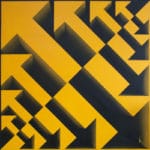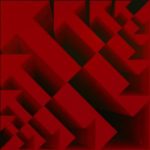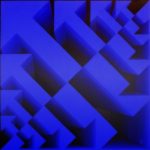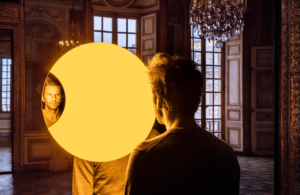3 Minutes with Lakshmi Mohanbabu

Lakshmi is a Singaporean who grew up in Kabul Afghanistan during the late 70’ and 80’s. She is a trained architect (B.Arch) and a Fashion designer who graduated from the leading Fashion Design College, The National Institute of Fashion Technology (NIFT) New Delhi. She has over the past two decades taught fashion design, illustration, design history in various fashion institutes such as Lassalle School of the Arts and NIFT. She has illustrated WHO books on disability and done a lot of socially conscious work over the past decades. Over the years she has studied Art, Architecture, Jewelry and Design all over the world with significant time especially in Europe and the Asia Pacific. This has enabled her to incorporate cross-cultural elements in her designs be it in painting, jewelry or art.
She has a passion for art not restricting herself to painting but in the design of jewelry, Furniture and shoes. She has a plethora of work with over 300 paintings in various mediums such as Pen and Ink, Pencil Color, Charcoal,Acrylic and Watercolors.
1) Growing up, were you always interested in art?
I have been drawing for as long as I can remember, all through my childhood I did portraits/caricatures of my friends and people around me.
2) What were some of your earliest influences which inspired you to become an artist?
Both my parents were creatively inclined.
My training as an architect and a fashion designer put me on the path to doing what I really enjoyed doing i.e. drawing painting and creating works of art.
3) You are such a multi-faceted artist and dabble in so many mediums, genres and styles, do you have a favourite?
In terms of mediums it would be graphite pencils, genres would be Figurative and style would be Impressionism.

4) How does representation and a tendency towards abstraction find a balance in your work?
The mind plays tricks on us. With the play of light and shadow what we see are indeed abstract shapes even in realistic representation, not what we think we see. I don’t view them as separate which is what helps me balance the two concepts.
Interaction series:



5) What do you consider the most indispensable item in your studio?
There is a long list but if I have to choose it would be my 3in flat chisel brush.
6) Which was the first artwork you ever sold?
The first artworks I sold were a series on disability for the voluntary health association with the World Health Organization (WHO) in 1992.
7) Which was the most recent exhibition you attended?
The Art And Science Of Gems by Van Cleef and Arpels at MBS.
8) Which living artist do you find most inspiring? Why?
Patrick Hughes. I find his creation of the concept of reverse perspectives truly inspiring and original.
9) Are there any living contemporary artists which constantly surprise you?
The works of Danish Icelandic artist Olafur Eliasson.

10) Do you think that your architectural training provides you with a discipline or structure which makes for a unique artistic perspective?
Yes it definitely does. The process and structure while planning and making an art work is something I learnt during my architectural training. Steps and methodology in perspective drawing, visualization in 3D has helped me not only in drawing abstract or structural but also figurative forms with what I think would be different viewpoint.
11) Are you working on any new projects?
Yes. I have a few planned as well.
12) How do you see the art market evolving?
Shifts from primary to secondary to online markets hasn’t taken long. I do think more art will be viewed online. But the need to appreciate art up close will never die.
13) If you could choose any other profession or life calling, what would it be?
Being a mathematician.
14) Living or dead, which artists will you invite to your ideal dinner party?
Filippo Brunelleschi for his invention of linear perspective, Marie Guillemine Benoist an accomplished woman artist of who there were so few of, Rembrandt for his absolute mastery of the brush.
Guiseppe Arcimboldo whose works predate surrealism, Leonardo da Vinci for his inventive mind, Michelangelo for his versatility, Alphonse Mucha and Rene Gruau for their depictions of Parisan life, Katsushika Hokusai for his woodcut prints, Sargent for his beautiful portraits, Turner for his brilliant landscapes. The list could go on! I would need a few dinner parties to interact with each one!
